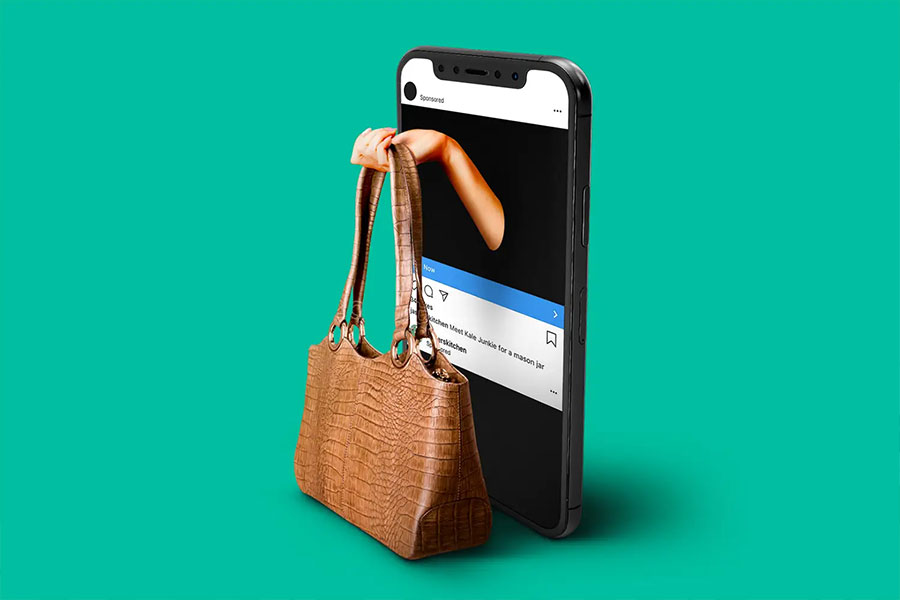E-comm spend hit $1.7 trillion during the pandemic: report
Inflation has been the talk of the town lately, but new data suggests it’s not slowing down some online shoppers one bit.
Of the $1.7 trillion spent via e-commerce during the two years of the pandemic, $32 billion was driven by higher prices, according to the Adobe Digital Economy Index, released today.
- In 2020, higher prices accounted for $4.7 billion of the growth in online spend. In 2021, that figure jumped to $22 billion.
- Overall, online sales were $812.8 billion in 2020, a 41.1% bump over 2019, and saw an incremental hike of 8.9% in 2021 to $885 billion.
Break it down: E-commerce spend on grocery has steadily climbed from $73.7 billion in 2020 (9.1% of e-comm market share) to $79.2 billion in 2021 (8.9% of market share). Adobe predicts the category will reach $85 billion in 2022.
On the other hand, inflation has hurt apparel more than other categories. In 2020, online apparel sales only grew 9.1%. Last year, that number was up only 8% YoY, reaching $126.2 billion. Although apparel accounted for 18.5% of e-comm spend in 2019, it shrunk to 14.3% in 2021.
“Apparel had the messiest time I think of any category [in] the pandemic, because as soon as we all decided all we needed in life were sweatpants, everybody had all this inventory they had to unload,” Taylor Schreiner, senior director of Adobe Digital Insights, told Retail Brew. “We’ve seen some of the strongest variation in prices in any category coming out of apparel.”
- Sportswear, however, is the exception. From February 2021 to January 2022, the sub-category has seen a 56% YoY bump in online sales. Sports coats and tailored jackets, in comparison, saw a 1% increase.
Electronics remains the largest category for e-comm spending—totaling $165 billion in 2021—even though its share of growth slipped slightly from 21% in 2019 to 18.6% last year. But Schreiner said the electronics are still putting up strong numbers.
- “[Electronics are] basically going in line with e-commerce overall despite the fact that the deflationary trends in electronics have really shifted,” he said.
+1: Oh, and curbside pickup is here to stay. In January and February of this year, curbside pickup accounted for 20% of all online orders among companies that offer the service. It was 22% for the same period last year.
Source: Morning Brew




